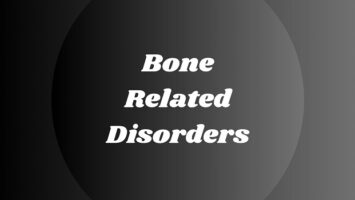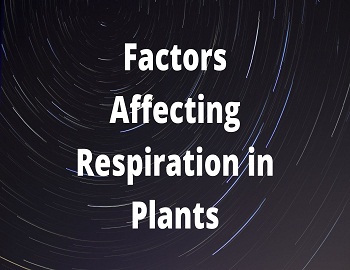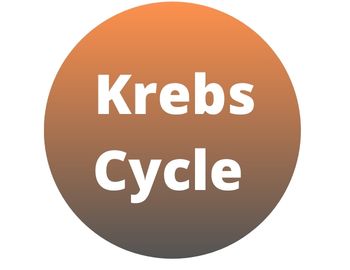Concept of Species:
A species is a basic unit of classification, and also of evolution. It is a morphologically distinct and reproductively isolated natural population or populations of individuals which resemble one another closely and interbreed freely amongst themselves. Following are four concepts about species that have evolved-
(1) Morphological Species Concept- According to taxonomists a species is a group of morphologically similar individuals. Davis and Heywood have defined species as assemblages of individuals with morphological features in common and separable from other such assemblages of individuals by correlated morphological differences. This is called the “Morphological Species Concept”.
(2) Biological Species Concept- Ernest Mayr proposed the “biological species concept” in 1942. According to this, a species is a group of actually or potentially interbreeding natural populations that share in the common gene pool but are reproductively isolated from other such groups. It means members of sexually reproducing species are capable of breeding with one another in nature to produce viable and fertile offspring but unable to breed with members of other species or the hybrids formed are infertile.
(3) Ecological Species Concept- This idea defines the species on the basis of where they live and what unique role they play in the environment instead of what they look like. This concept emphasizes the position and function of a species in its environment. For example, two populations of animals that look identical would qualify to be two ecological species if each inhabits a particular type of environment such as a freshwater pond having a unique set of chemical, physical and biological conditions.
(4) Evolutionary Species Concept- This was proposed by George Gaylord Simpson (1961). According to the evolutionary species concept, a species or evolutionary species is a lineage of populations evolving separately from other lineages from its ancestor with its unitary evolutionary role. This concept involves morphological, genetic, behavioural and ecological variables.
Types of Species:
(1) Morphospecies- A species raised on the basis of only morphological characters.
(2) Biospecies- Genetically distinct, one or more interbreeding populations which are reproductively isolated from others.
(3) Sibling Species- Two to more species that are reproductively isolated from each other but are morphologically quite similar.
(4) Taxonomic Species- A species provided with a definite binomial nomenclature.
(5) Monotypic Species- It is a species formed of a single population.
(6) Polytypic Species- A species formed of a number of populations living in separate habitats or geographical areas is a polytypic species.
(7) Synchronic Species- Species of the same period of time.
(8) Allochronic Species- Species of different periods of time.









Comments (No)